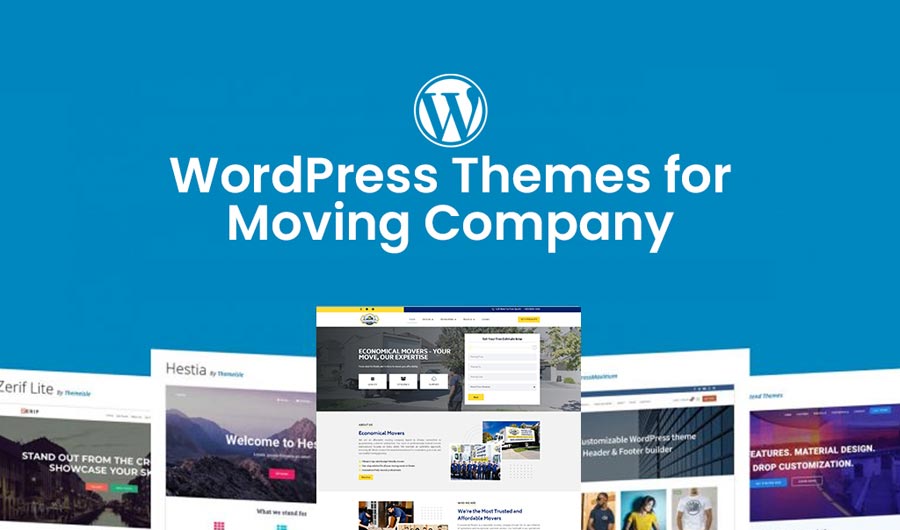
Top 5 Tools for Sharing Digital Portfolios as a Designer
Whether you work in graphic design, game design, web design, architectural design, interior design, product design, packaging design, or some other design field, your work isn’t just something you can tell someone about. Your clients and potential employers need to see what you’re capable of.
Gone, however, are the days of in-person meetings and printed albums of your work. Today, digital portfolios are the easiest and best way of sharing your skills and past triumphs. Below, we will examine the top five tools for sharing digital portfolios as a designer.
Tool No. 1: Instant Access with QR Codes
There are lots of ways you can store your portfolio online depending on your field of choice. For example, you could drop photos or documents into a Google Drive folder, create photo albums on Flickr or Shutterstock, or store code in GitHub’s repository.
But we’re not talking about how you build your portfolio. We’re focussing on how you share it.
No matter what online archive you choose, QR codes are the most efficient way to link to them. You don’t have to worry about users misspelling a long web address or feeling like they’re in too much of a hurry to type it in. They’ll be able to point, shoot, and access your portfolio as quickly as they can take their next selfie.
But how do you generate a QR code? No Photoshop or coding skills are required. You can use an online QR code generator. All you have to do is tell it what to link to, then print the QR code or insert it in digital spaces. It’s ready to use.
Tool No. 2: Engage With Video on Dedicated Social Accounts
Social media is a great place to get found by people or companies interested in the types of things you do. Instead of just showing the finished product, you can leverage videos for TikTok, Instagram, or YouTube to show your process or establish yourself as an expert through how-to videos.
There is one caveat to using a social account as a digital portfolio. It needs to be a dedicated account. Keep it separate from your personal social account and only post material relevant to your professional field.
Tool No. 3: Gain Trust Through a LinkedIn Profile
Social media accounts can be useful portfolios, but social media in general has a reputation for being frivolous. Enter LinkedIn, a professional networking site.
Your LinkedIn profile is a tool to establish yourself as a respected professional online. Your profile is like an online version of your resume. You can also include links to other online portfolios, including your dedicated social media.
But LinkedIn itself is a great place to position a digital portfolio. Use the “Featured” section to highlight your best work. You can link to anything that’s already online—websites you’ve built, articles you’ve written, or news posts about projects you’ve been a part of.
You can also upload media, including pictures, presentations, and documents, directly to this section. Don’t forget to include a brief description or introduction for each.
Tool No. 4: Make It Legit With a Website
Social profiles—even on professional networks—have their limitations. The ultimate way to stake your claim to an online presence is to create a dedicated website.
Forbes recommended GoDaddy, Weebly, Squarespace, Wix, and WordPress as the top portfolio-building websites in 2024. Wix and Squarespace are especially recommended for beginners due to their ease of use.
To truly legitimize your website and make it easy to share, consider springing for a custom domain. Dot-com and dot-org websites will always appear more legitimate than other domain suffixes, including those that are branded by the host.
Finally, be sure to keep your domain name under 15 characters. Short domains are easy to remember and less complicated to accurately type in.
Tool No. 5: Bring It All Together With LinkTree
Above, we’ve discussed a number of online tools and service providers that may be used as a design portfolio—your personal website; LinkedIn profile; Instagram, YouTube, or TikTok accounts; Github; or online photo albums. Your field may use still other resources—and maybe you use several. How can you bring them all together, leveraging the full power of your digital portfolios?
Use LinkTree to create a landing page with all of your profiles and portfolio links conveniently organized in one place. In this way, your LinkTree becomes a portfolio in and of itself. Then, instead of trying to include multiple social and website links on each page, you can simply link to your LinkTree.
In fact, you can bring things full circle by creating a QR code that takes users to your LinkTree. Whether you share this code digitally or in print, you will be equipping your viewers with everything they need to see that you are the best person for the job.






